Software engineering photonics and color science
This lecture was part of the University of Eastern Finland's photonics applications course and lecture series.
Video transcript and slides
Topics
Software engineering photonics and color science
My history with photonics and software engineering
Photonics applications: What have we learned?
Technical elements of useful photonics application
Story of SoftColor Oy
What we do
SoftColor Oy
Our business
Our research and development
SoftColor engine
How does our color and tone correction work?
SoftColor and photonics
We are processing colors, not pixels
A good photo is a combination of art and science
Traditional image editing and photonics
SoftColor engine and photonics
We have made a color correction automation that has tools for science and art
SoftColor engine benefits
SoftColor engine technical details
Layer based processing
Spectral illumination estimation technology for better color correction
Same parameters for human and computer
What we have learned about photonics applications during the last fifteen years
Bonus "homework." Useful resources for your entrepreneur career
To watch "Halt and Catch Fire" tv-series
To read "Masters of Doom" book
Summary
Software engineering photonics and color science

Hi everybody, I am Petri Piirainen, a co-founder and chief technology officer of SoftColor company. Welcome to this video lecture about SoftColor's fifteen-year software engineering photonics and color science story.
This lecture is part of the University of Eastern Finland's photonics applications course and lecture series. Since 2005 we have made photo editing automation software.
Our photonics journey is slightly different from traditional optics-focused companies, which you have met during this lecture series.
During this lecture, I will tell you what we have learned about developing and selling photonics applications.
My history with photonics and software engineering

I have an MSc degree in computer science (from the University of Eastern Finland). I studied computer science in a digital signal processing program, and then I had mandatory applied mathematics and physics as minor studies. With physics studies, there was a lot of photonics and color science courses.
I started by software business and engineering career during high school in the 90s. In 2005 we founded SoftColor Oy, and since that, we have developed faster, easier, and better photo editing automation software.
Photonics applications: What have we learned?

First, I would like to talk a little bit about photonics applications, the beauty and the beast of engineering photonics applications. We have learned that developing useful photonics applications is very hard and requires a lot of engineering and math knowledge. It is challenging because photonics applications (software or hardware) usually have to quickly process tons of data and calculations.
Technical elements of useful photonics application

My favorite thing with photonics is that all photonics applications contain four types of engineering.
- Physics
- Mathematics
- Electrical engineering
- Computer science
But there is also one thing, which is fascinating. All photonics applications require a lot of arts too.
- Image quality
- Industrial design
- User experience
- User interaction
- User interfaces
This mixture of arts and engineering is my main topic for you today.
Topics
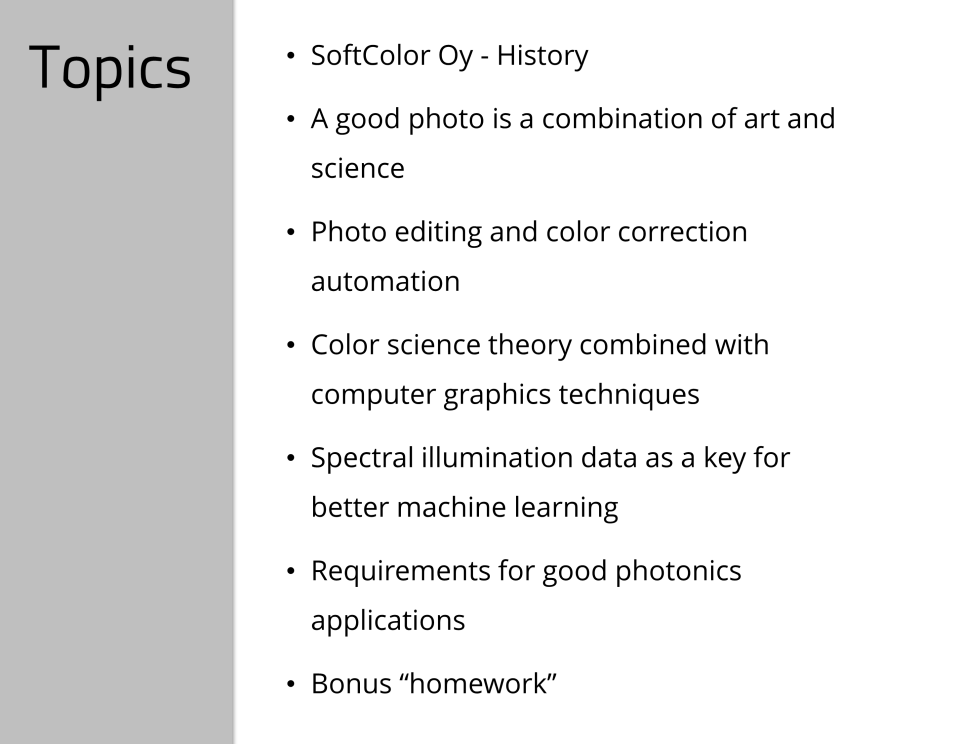
My topics today are:
- A short history and introduction to our company
- What we do and how products work
- How have we mixed photonics with software engineering
- What we learned about to make useful photonics applications
- And there will be a bonus "homework" for you
Story of SoftColor Oy

Let's have a quick look at our products and technology.
What we do

We make faster, easier, and better photo edition automation software. Our software runs on Windows PCs and servers.
SoftColor Oy

We founded SoftColor in 2005, so our company is now a teenager.
We have three products: Automata Server, Automata Pro, and PhotoEQ.
We are located in Joensuu, Finland.
Our business

We sell our software on the internet. And all our products are free to try before buying. Our customers are:
Printing industry
Photographers
360 photography
Newspapers
Ad agencies
Repro
Real estate
Car retail
Photo editors
Office workers
Developers
Our customers are from the English speaking world. But we have a lof customers from Germany and Spain too.
Our research and development

Our research and development
SoftColor engine

Our applications use the SoftColor engine. It is the brains and heart of our software.
SoftColor engine does all photo editing automation tasks, color correction, image editing, and color management.
To get this automation working. We have combined computer vision, color science, computer graphics, digital signal processing, and machine learning techniques into one packet.
This combination of different engineering tools has made our photo editing automation to work very well.
How does our color and tone correction work?

How does our color and tone correction work?

We can fix white balance, exposure, and contrast problems automatically. Results are very natural and good looking.
Our correction works with challenging photos too.
Our white balance correction will you very natural results.
It works with all kinds of photos and cameras. You will never lose any shots. We can fix them.
SoftColor and photonics

SoftColor and photonics
We are processing colors, not pixels.

To get photo editing automation working better. We have learned computers to process colors, not pixels.
A good photo is a combination of art and science

The most challenging part of photo editing automation is to get results that make our customers happy. The problem is that the excellent photo is a combination of art and science. There is eighty percent of art in the superb picture and only twenty percent of engineering.
For this problem, we managed to create an excellent solution.
Traditional image editing and photonics
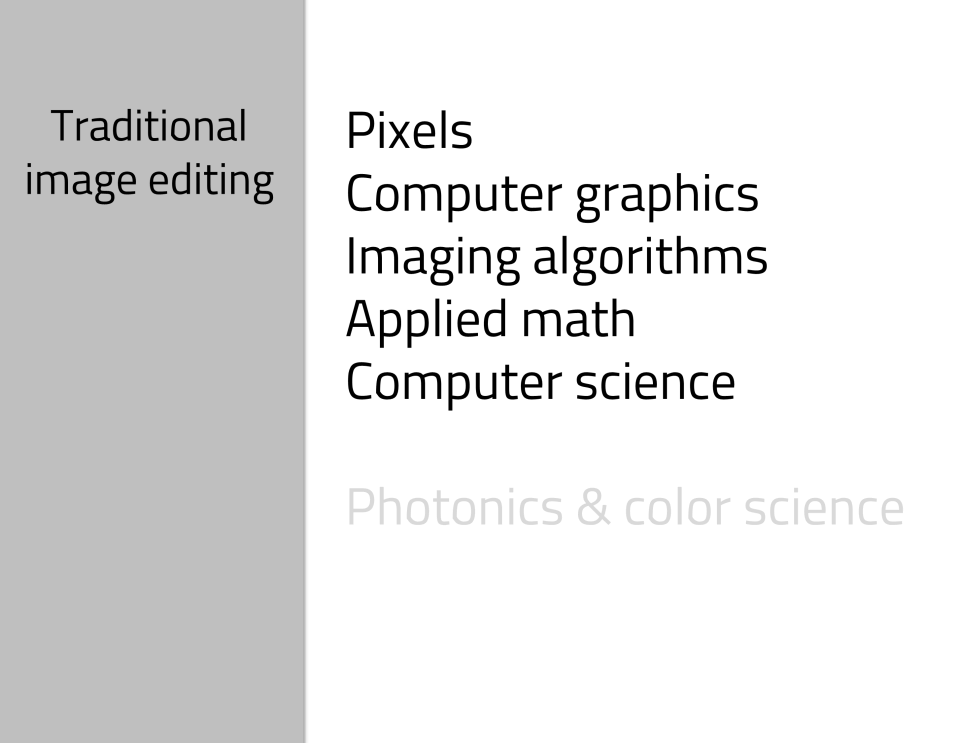
There is photonics behind every camera, display, and photo-editing algorithms.
SoftColor engine and photonics
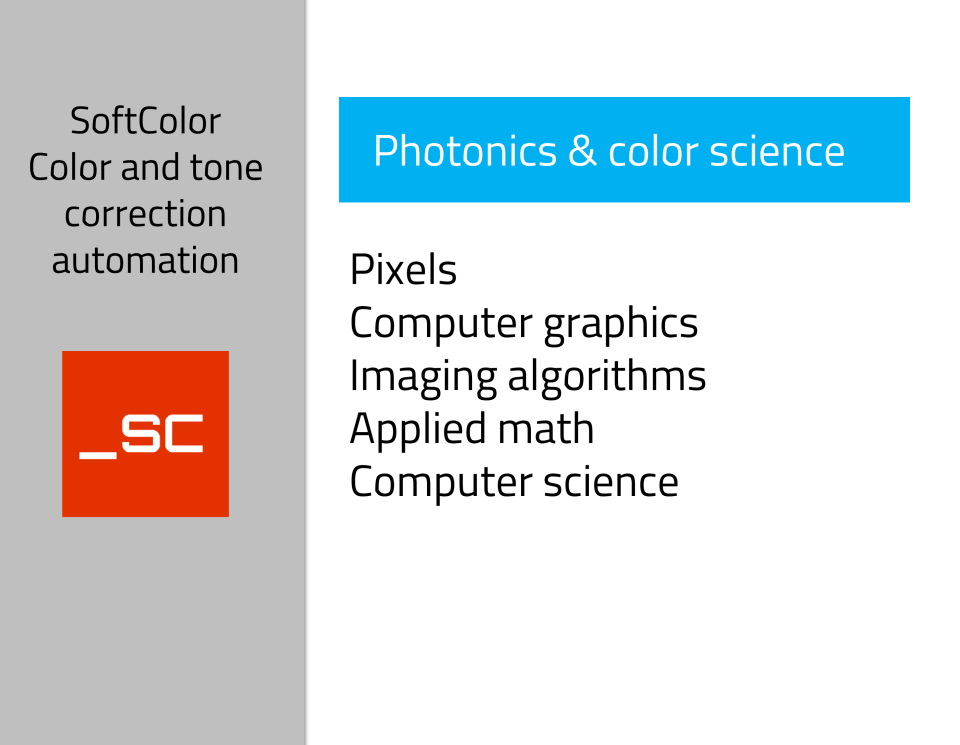
We have changed to traditional photo editing. We built our engine to take colors first. This solution has helped us to make better photo enhancement automation.
We have made a color correction automation that has tools for science and art.

Our applications offer tools to our customers to combine art and science with photo editing automation.
Science part:
Layer based processing
Statistical analysis
Metadata analysis
Machine vision
Machine learning
and the arts:
Color grading for mass photo processing
Selective color adjustments
No workflow limitations
SoftColor engine benefits

We are processing the colors, not pixels. This approach gives three significant benefits:
More accurate automatic correction
Batch color grading for photos
Easier and accurate customization
SoftColor engine technical details

SoftColor engine technical details
Layer based processing

We use layers based processing, which means that all correction and image processing tools are separate layers.
You will full control of how each step works. For automatic color and tone correction, we have six layers.
- Rich dynamics enhancer
- Luminosity enhancer
- White balance
- Natural color temperature
- Exposure and contrast
- Color grading
Spectral illumination estimation technology for better color correction

To get better automatic results for all kinds of photos. We have developed spectral illumination estimation technology.
Same parameters for human and computer

We use spectral illumination detection to create the same parameters for the user and the computer.
We calculate these parameters from the original image by using:
- Spectral illumination estimation from RGB image
- Metadata analysis EXIF & camera data
- Machine learning for estimated data
- From this data, we generate parameters for automatic correction.
When users change parameters, they will alter the same settings as our automatic correction uses.
The solution is possible by mixing spectral illumination data with computer graphics techniques.

What we have learned about photonics applications during the last fifteen years
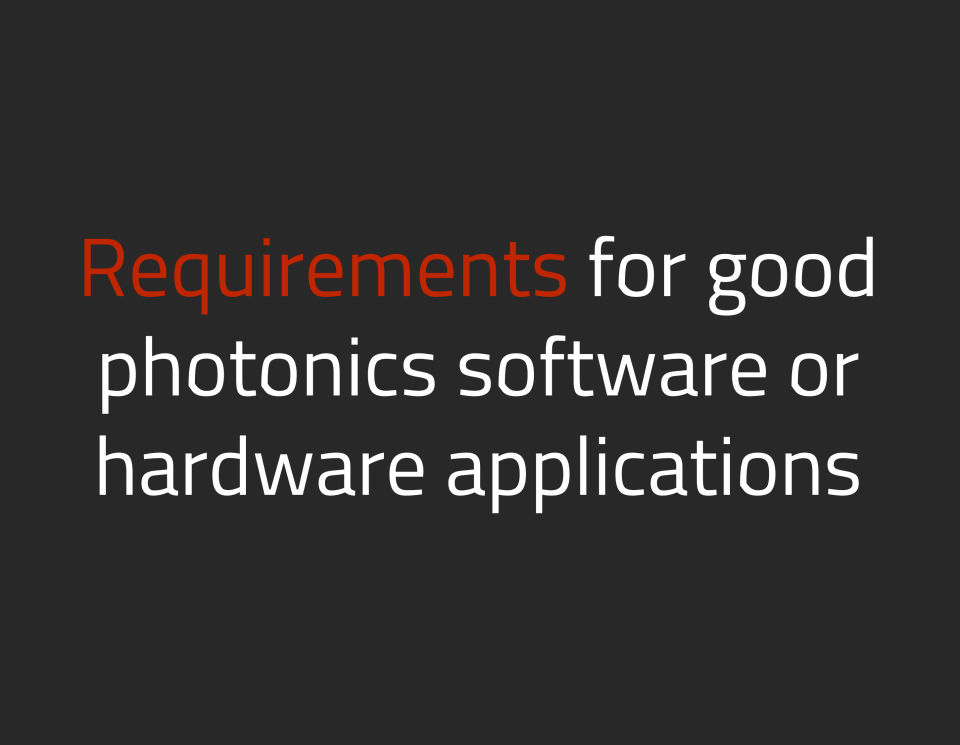
There six things which we have learned. Which are the requirements for good photonics software or hardware applications.

Software is the glue for photonics applications
1. Optical engineering
2. Software engineering
3. Electrical engineering
4. User experience engineering
These are things and skills which are required. But there is always one challenge, battery, and CPU limitations. It is the reason why we all need to tune our algorithms, software, and hardware better every day.
Bonus "homework." Useful resources for your entrepreneur career

There has been a lot of questions about how to get started with the photonics business. Here are two great resources to read or watch.
To watch "Halt and Catch Fire" tv-series.
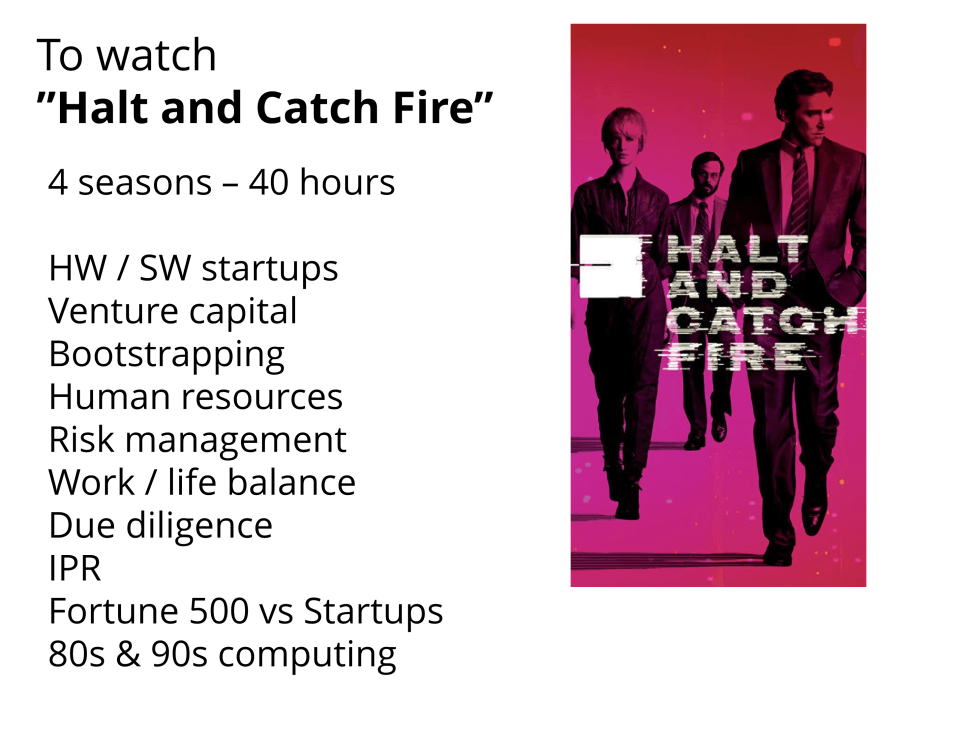
Halt and Catch Fire is an excellent and very realistic business world tv-series. The tv-series follows some players in the 80s technological revolution that lead to an information society. It is quite an unknown series, but now it is available for purchasing in iTunes and Amazon.
You will learn a lot about the hardware and software business.
The tv-series covers the following useful topics:
- Venture capital
- Bootstrapping
- Human resources
- Risk management
- Work/life balance
- Legal stuff (due diligence, intellectual property rights, revenge engineering process)
- Fortune 500 vs. startup life
And there is a lot of 80s and 90s retro computing and nostalgia too.
Halt and Catch Fire in Wikipedia
To read "Masters of Doom" book.

Masters of Doom book tells the story of ID software. The makers of Wolf3D, Doom, and Quake games.
There are fascinating stories about how small teams can change the world. For the photonics industry, there is interesting how ID software took the latest research topics from computer graphics and science. And how they utilized them to make their games better.
This book is also available as an audiobook.
Masters of Doom book in Wikipedia
Summary

That was our 15 years story with software engineering, photonics, and color science. I hope that you have learned something new for photonics career or business.

Here is a summary of the main topics:
- A good photo is a combination of art and science
- Software is the glue for photonics applications.
- Photonics is a mixture of science, engineering, and arts.
Feedback and comments

It would be great to hear your feedback about this lecture!